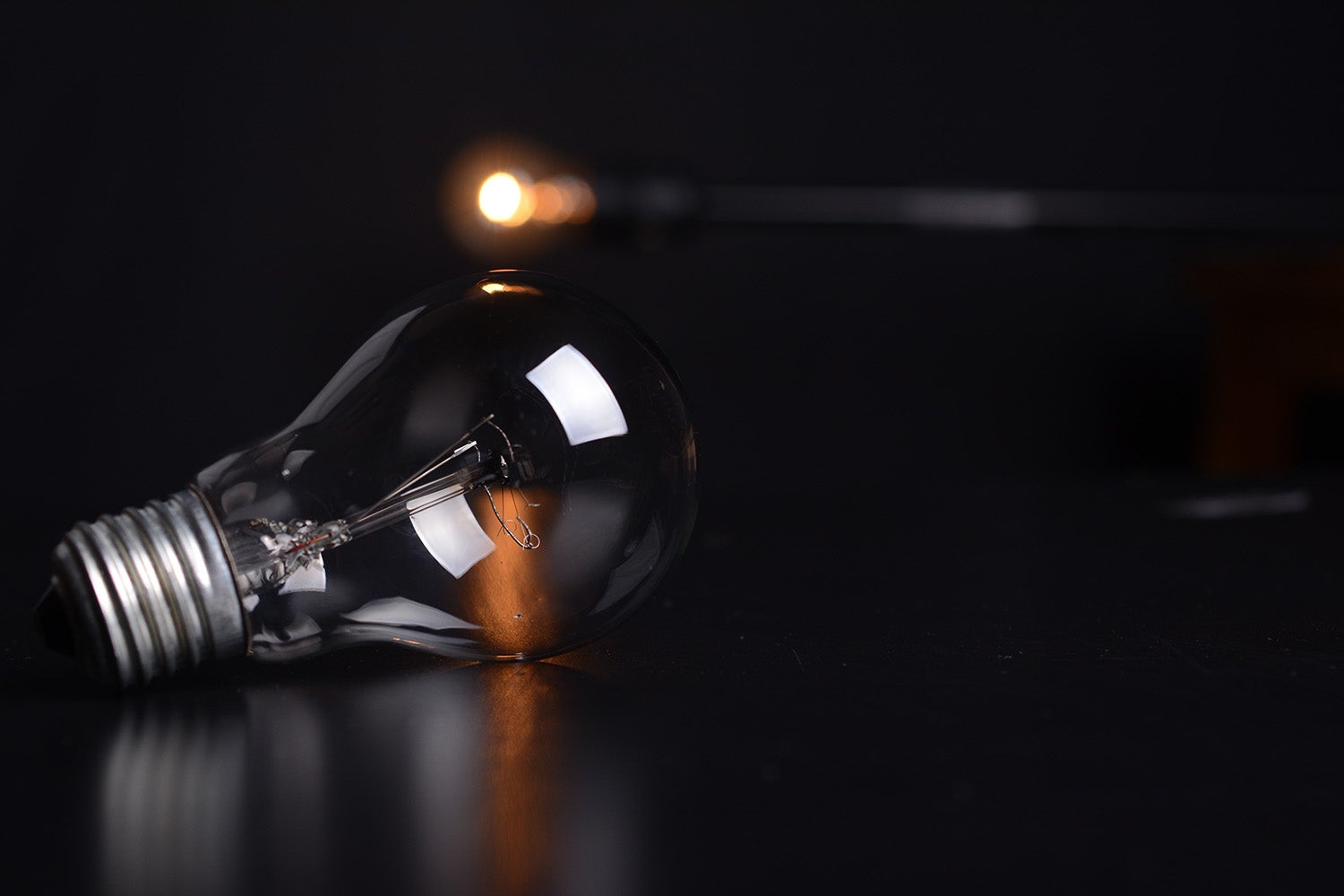Many people try to reduce their high energy bills by cutting energy consumption and sacrificing comfort and convenience. While conserving energy is a good habit, it’s not the only way to save on energy costs. If you have some DIY skills, you can create a comfortable environment in your home without driving up your energy use. Here are four DIY projects that can make your home more energy efficient.
Replace Outdated Bulbs
Since the introduction of energy-efficient light bulbs, traditional incandescent bulbs have become increasingly scarcer. Nonetheless, many people continue to use these energy hogs. In the past, some consumers steered clear of the more efficient compact fluorescent light (CFL) bulbs because they didn’t look as pleasant as incandescent bulbs. Light-emitting diode (LED) bulbs, on the other hand, combine the energy efficiency of CFL bulbs with the warm tones of incandescent light bulbs. Although these bulbs are more expensive, they have a lifespan of up to 20 years, depending on usage, making them excellent long-term investments.
Insulate Hot Water Pipes
According to the Mass Save Program, in some homes, the pipes that run from the water heater are not insulated. Since hot water pipes usually snake through cold places such as the basement and crawl spaces, they can cool down quickly. This means your water heater has to work harder to produce sufficiently hot water, resulting in higher energy consumption.
Fortunately, it’s inexpensive and easy to insulate your hot water pipes. Pipe insulation costs about a dollar for six feet, so you can probably get all the materials you need for less than $20. All you need to do is wrap the pipes in polyethylene tubing and use electrical tape to secure it.
Seal Doors and Windows

Image via Flickr by U.S. Naval War College
Leaky doors and windows are one of the main causes of energy loss in homes. If the caulking around your windows is dried and cracked, it’s time to remove it and apply a new layer to seal the outside of the frames. You should also seal the windows from inside your house with either a clear plastic window film or foam weatherstripping. As for doors, you’ll need to use a weatherstripping seal, which can be easily attached with just a few screws.
Check Your Air Ducts
Besides wasting energy, a leaky duct system can also lead to uneven temperatures throughout your home by dumping valuable conditioned air in all the wrong places. As such, you may find yourself fiddling with your thermostat now and then in search of the perfect temperature.
Check exposed ducts for holes and feel around them to see if cool or warm air is escaping through small leaks. If there are leaks along the ducts, seal them with a heat-approved tape or mastic. You can also insulate exposed ducts to further reduce energy loss. If you want to insulate ducts that run inside ceilings or walls, it’s best to call in an HVAC professional.
It’s important to know which energy-saving DIY projects you can handle yourself and which are best left to a professional. Taking on a complicated project without sufficient knowledge and skills could lead to bigger problems that are costlier to fix or even severe injuries.


















